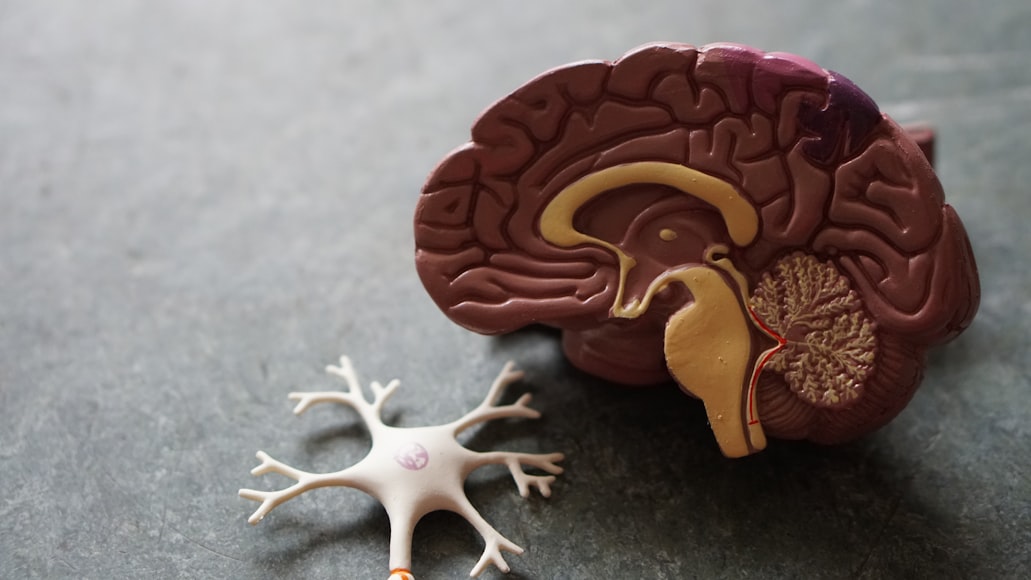Neuroplasticity - The Brain's Ability to Change
Neuroplasticity, also known as brain plasticity, refers to the brain's ability to change and adapt throughout an individual's life. It is the brain's ability to reorganize itself by forming new neural connections and pathways in response to changes in the environment or due to experience.
Neuroplasticity is the brain's ability to change and adapt in response to experiences, behaviors, and environmental changes. The brain is not a static organ, but rather it has the ability to reorganize itself by forming new neural connections and pathways. Neuroplasticity occurs throughout life and is responsible for learning, memory, and recovery from brain injuries.
The concept of neuroplasticity was first proposed by William James in the late 19th century, but it wasn't until the 1960s that researchers began to study the phenomenon in depth. Since then, there has been a growing body of research on the mechanisms and implications of neuroplasticity.
Traditionally, it was believed that the brain stops developing and changing after a certain age, but recent research has shown that the brain is capable of neuroplasticity throughout life.
Types of Neuroplasticity
There are two types of neuroplasticity: structural plasticity and functional plasticity.
- Synaptic plasticity: the ability of the brain's synapses (the junctions between neurons) to change and adapt in response to activity. This type of plasticity is thought to be the basis of learning and memory.
- Structural plasticity: refers to the brain's ability to physically reorganize itself by forming new connections between neurons or by growing new neurons.
- Neurogenesis: the process of creating new neurons.
Implications of Neuroplasticity
The implications of neuroplasticity are vast and varied. Here are just a few:
- Learning and memory: Neuroplasticity is thought to be the basis of learning and memory. When we learn something new, our brain forms new connections between neurons, strengthening existing pathways and creating new ones.
- Age: Neuroplasticity is highest during childhood and decreases with age, but the brain remains capable of plasticity throughout life.
- Experience: Learning and new experiences can increase the brain's plasticity by forming new neural connections and pathways.
- Exercise: Physical exercise has been shown to increase the brain's plasticity by promoting the growth of new neurons and synapses.
- Stress: Chronic stress can decrease the brain's plasticity, while acute stress can increase it.
- Environmental Enrichment: Exposure to an enriched environment with novel stimuli has been shown to increase the brain's plasticity.
Factors Affecting Neuroplasticity
Several factors affect the brain's ability to change and adapt through neuroplasticity, including:
Applications of Neuroplasticity
Neuroplasticity has numerous applications in the fields of education, medicine, and psychology. It has been used to develop new therapies for neurological and psychiatric disorders, such as stroke, traumatic brain injury, and depression. It has also been used to develop cognitive training programs to improve memory and learning abilities.
Conclusion
Neuroplasticity is a fascinating and important phenomenon that has implications for many aspects of our lives. By understanding the mechanisms and implications of neuroplasticity, we can develop new strategies for learning, mental health, and the treatment of brain injuries and diseases.
Special offer for youGrab Course worth Rs4499 for Rs1349/- Only , Wondering How ?
Just follow the steps :
1. Grab any Industry ready Courses From Internshala
2. Use Internshala Exxtra discount Coupon Code : ISRP14182585
3. MSM Benefits :Get
Note : you will Get RS 150 discount using Coupon code





